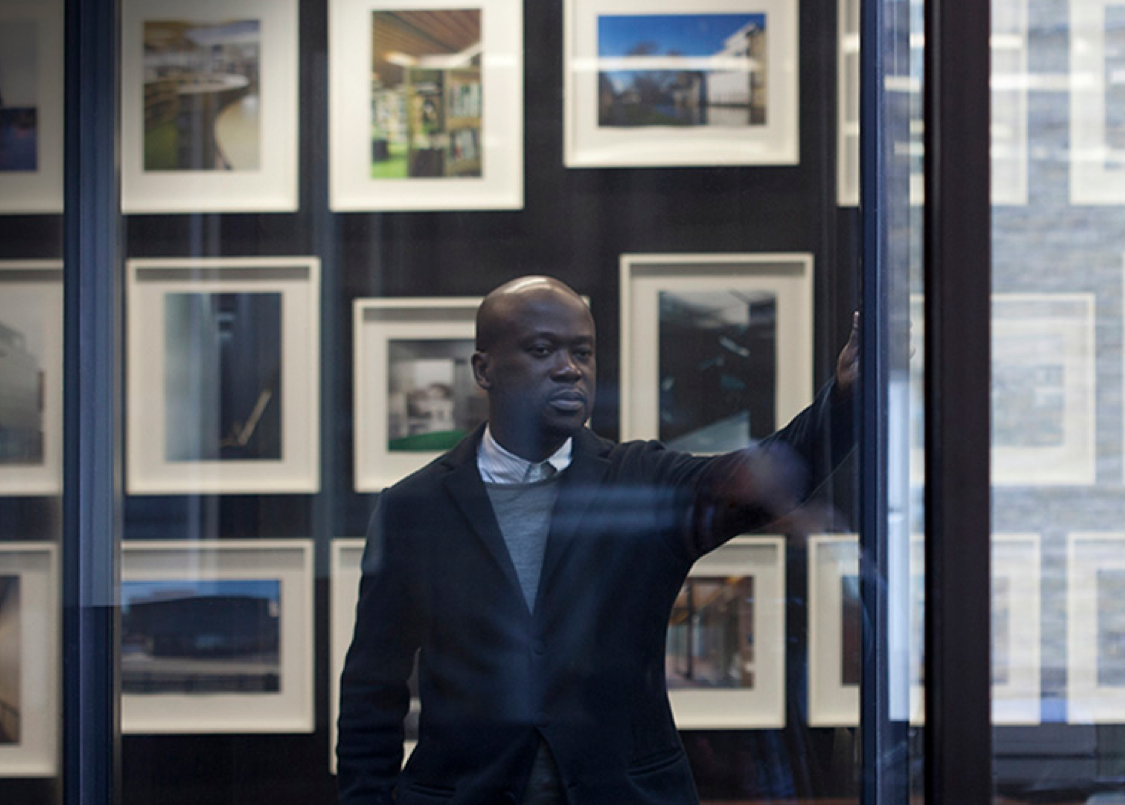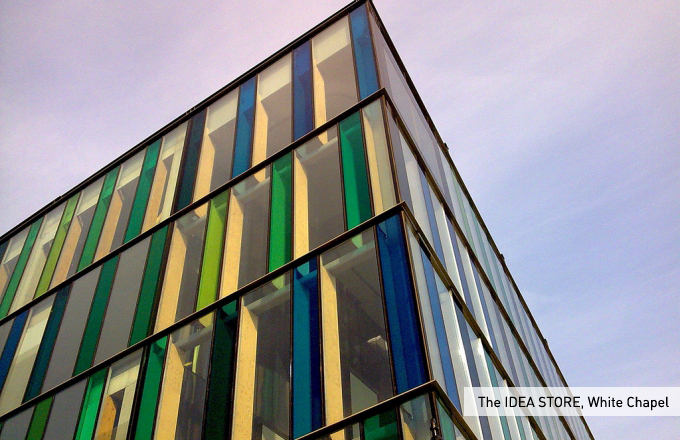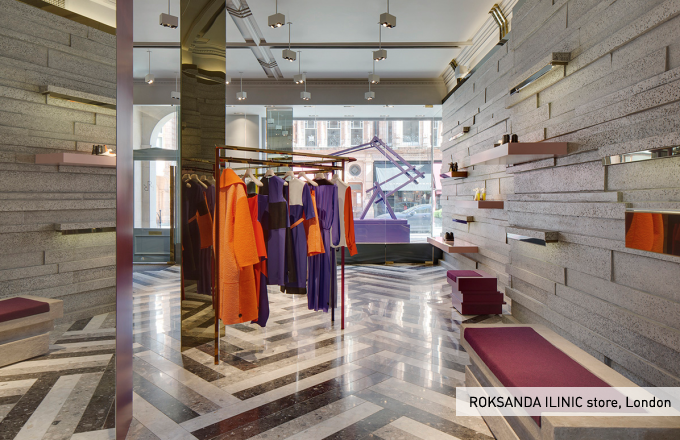The architectural genius of David Adjaye
Tanzanian-born architect David Adjaye, 49, is best known for his early work where he designed austere yet emotive homes for A-list artists such as Chris Ofili, Jürgen Teller and the late Alexander McQueen.
Born in Da es Salaam, Tanzania, to Ghanaian parents, David’s early life was characterised by his father work as a career diplomat. “By the time I was 14, I had lived in Dar es Salaam, Kampala, Nairobi, Cairo, Beirut, Accra and Jedda, and had quite a complex view of Africa,” he says with a wry laugh.
“It was a hugely influential time that instilled in me a deep fascination for the continent and its radically different personalities.”
At that point, David’s younger brother became chronically ill and the family moved to London. His fascination with Africa continued and, after graduating from the Royal College of Art, David spent 11 years travelling the continent whenever he could, visiting and documenting every country and its capital.
“The idea was that I wanted to understand the nature of the continent’s cities, which led me to the realisation that geography and history had created today’s contemporary Africa – not political boundaries.”
That research led him to rezone the continent into six distinct geographical zones, and this formed the basis of a seven-volume book titled Adjaye Africa Architecture. The tome, published by Thames & Hudson, is widely considered to be one of the most original and important publications of our time.
But despite the showman-like persona that comes with having clients like Kofi Annan, the Swarovski family, Brad Pitt and Ewan McGregor, social responsibility is core for David and his work.
This has ensured that celebrity commissions are balanced with public buildings that broach big issues, usually through benefiting minority groups in non-affluent neighbourhoods.
He has described his company as a ‘Robin Hood practice’, saying, “For rich people we make things grittier, while for poor people we make them glossier.”
An early case in point is his 2005 design of the Idea Store in Whitechapel, London. The building pioneered a new approach to the concept of a library as a community space and earned him an OBE from the Queen in 2007, for services to British architecture.
The meteoric trajectory of David’s career is due in no small part to a prolific creative output that spans architecture, design, fashion, furniture and art.
In the last year alone, he has produced a furniture range for Knoll, designed a new store for Roksanda Ilincic in London, the Alara concept store in Lagos, and a social housing scheme in New York.
He’s also working on a memorial to mass extinction in England, and this year will also see the completion of what is undoubtedly his most important and prestigious project to date – the Smithsonian National Museum of African American History and Culture, on the last undeveloped piece of land on the National Mall in Washington.
Closer to home, he’s working on an office campus in Uganda, and designing the redevelopment of Hallmark House in Maboneng Precinct, Johannesburg.
He sees Hallmark House as his “first big project in Southern Africa”. Combining a luxury hotel, apartments and retail space with wellness facilities.
“My aim is to combine an African aesthetic with a contemporary vision,” he says. We wait with bated breath.
Words by Kerryn Fischer
Images supplied by Adjaye Associates


